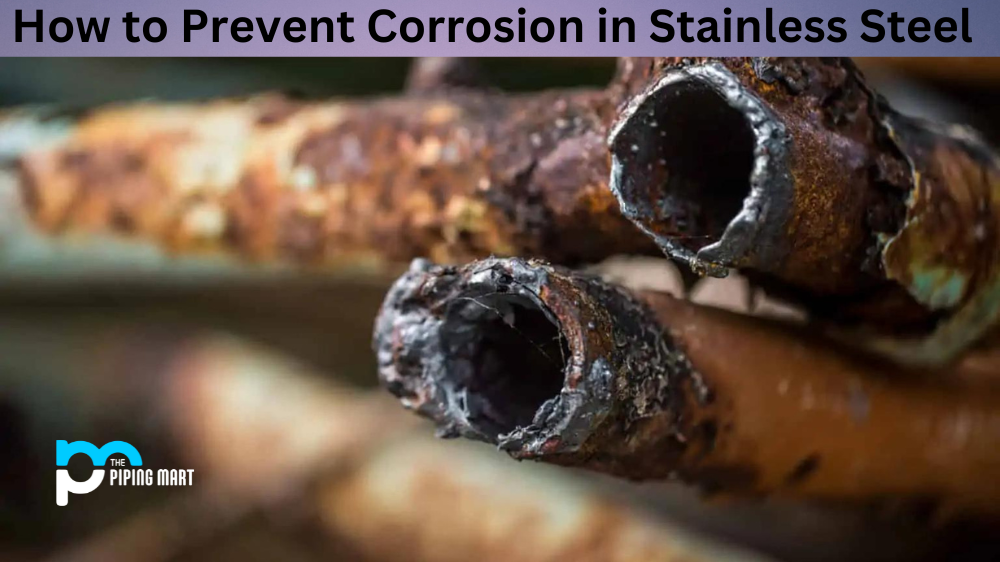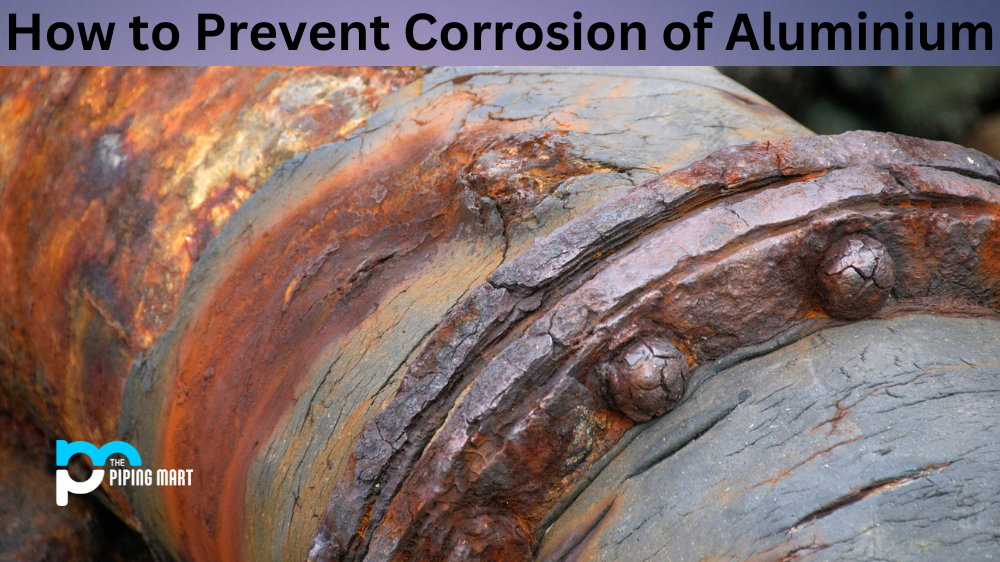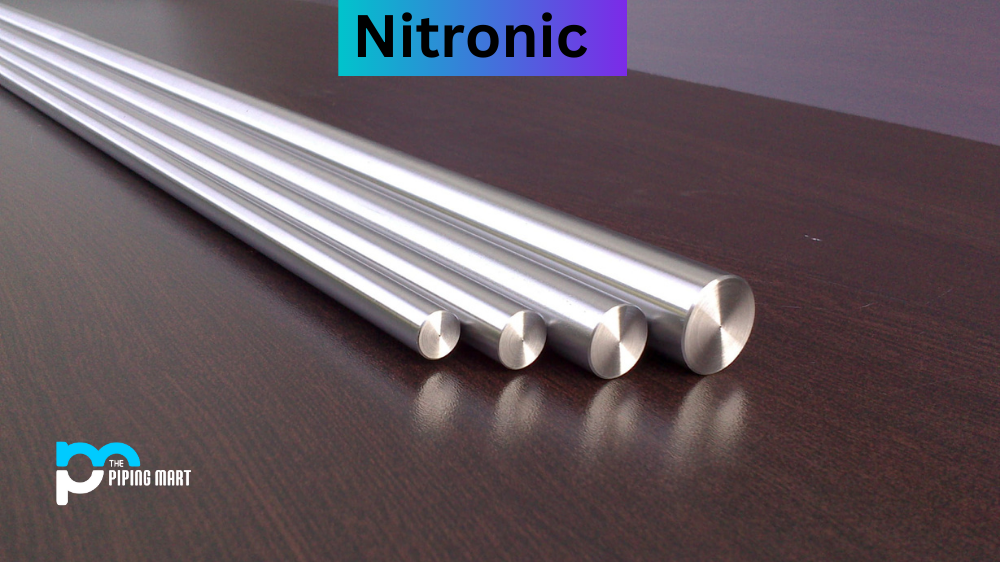Stainless steel is one of the most widely used materials in various industries due to its durability, resistance to corrosion, and low maintenance cost. However strong as it may be, stainless steel is not completely immune to corrosion. Decay can eventually lead to the degradation of the material, weaken its structural integrity, and ultimately cause damage. In this blog post, we’ll explore ways to help prevent corrosion in stainless steel.
Regular Cleaning
Stainless steel, even though it is naturally resistant to corrosion, dirt, and grime build-up, can cause corrosion to occur. Regular cleaning and maintenance can help prevent decay from occurring. It is important to clean stainless steel using soft, non-abrasive materials to prevent scratching and to avoid using cleaners that contain chlorine or bleach, which can lead to corrosion.
Proper Temperature Control
Stainless steel is known for its excellent heat resistance, making it ideal for use in high-temperature environments. However, stainless steel can corrode when it is exposed to extreme temperatures. To prevent corrosion, it is important to maintain proper temperature control in environments where stainless steel is used. It is also essential to ensure that stainless steel is not exposed to temperatures above its limit.
Proper Alloy Selection
Stainless steel alloys provide specific properties and characteristics, making choosing the suitable alloy for the intended application important. Compatibility with the environment in which stainless steel will be used is also important. An improper alloy and other environmental factors can contribute to corrosion.
Coatings and Surface Treatments
Coatings or surface treatments can provide additional protection to stainless steel. Coatings such as paint or powder coating or surface treatments like passivation can help prevent corrosion by providing a barrier between the stainless steel and the environment. Passivation treats stainless steel with an acid solution to remove free iron and contaminants, which can cause corrosion.
Proper Handling and Storage
Improper handling or storage of stainless steel can lead to corrosion. Stainless steel should be stored in a dry and clean environment, away from corrosive material. Care must be taken when handling stainless steel and not to scratch or damage its surface.
Conclusion
Stainless steel is a valuable material that we use in various industrial applications. Ensuring its longevity is essential to prevent damage and, in turn, save costs. Proper cleaning, temperature control, alloy selection, coatings, surface treatments, and handling and storage of stainless steel are all crucial in preventing corrosion. Taking the necessary precautions ensures that stainless steel continues to serve us well and remains to look great.

Pipingmart is a B2B portal that specializes in metal, industrial and piping items. Additionally, we share the latest information and information about materials, products and various types of grades to assist businesses that are involved in this business.




